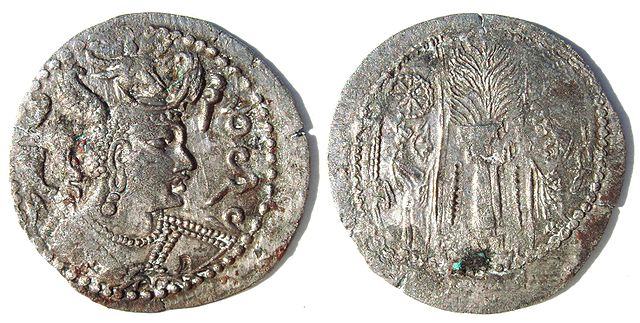The Chalukya dynasty was a Classical Indian dynasty that ruled large parts of southern and central India between the 6th and the 12th centuries. During this period, they ruled as three related yet individual dynasties. The earliest dynasty, known as the "Badami Chalukyas", ruled from Vatapi from the middle of the 6th century. The Badami Chalukyas began to assert their independence at the decline of the Kadamba kingdom of Banavasi and rapidly rose to prominence during the reign of Pulakeshin II. After the death of Pulakeshin II, the Eastern Chalukyas became an independent kingdom in the eastern Deccan. They ruled from Vengi until about the 11th century. In the western Deccan, the rise of the Rashtrakutas in the middle of the 8th century eclipsed the Chalukyas of Badami before being revived by their descendants, the Western Chalukyas, in the late 10th century. These Western Chalukyas ruled from Kalyani until the end of the 12th century.

Old Kannada inscription of Chalukya King Mangalesha dated 578 AD at Badami cave temple no.3
Old Kannada inscription on victory pillar, Virupaksha Temple, Pattadakal, 733–745 AD
Coinage of the Chalukyas of Badami. Uncertain ruler. c. 597–757 AD. Boar and Temple type.
Bhutanatha temple complex, at Badami
The middle kingdoms of India were the political entities in the Indian subcontinent from 230 BCE to 1206 CE. The period begins after the decline of the Maurya Empire and the corresponding rise of the Satavahana dynasty, starting with Simuka, from 230 BCE. The "middle" period lasted for almost 1436 years and ended in 1206 CE, with the rise of the Delhi Sultanate, founded in 1206, and the end of the Later Cholas.
Silver coin of the founder of the Indo-Greek Kingdom, Demetrius (r. c. 205–171 BC).
Billon drachma of the Huna King Napki Malka (Afghanistan or Gandhara, c. 475–576).
The rock-cut Buddhist viharas and chaityas of Ajanta Caves, built under the patronage of the Vakataka rulers.
Silver coin of the Gupta King Kumara Gupta I (414–455).








